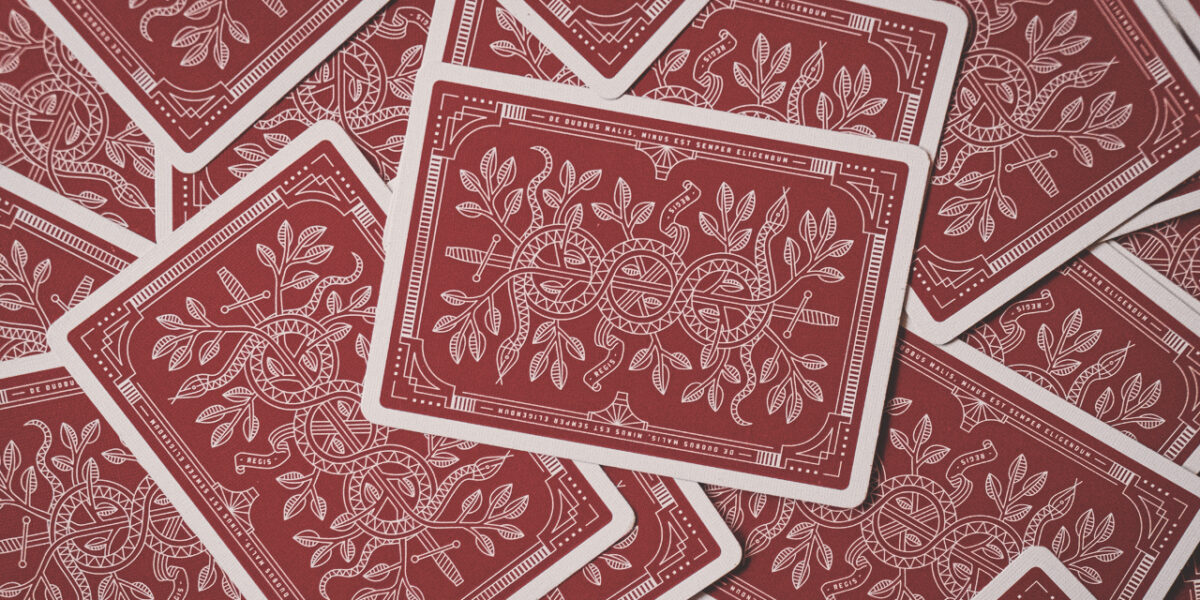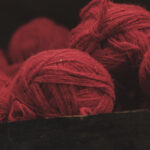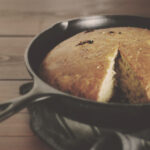For three hundred years, the nine of diamonds has been known as The Curse of Scotland, and it has come to be considered the most unlucky playing card in the deck. Numerous versions of the reason behind the curse have been put forward over the years.
The earliest recorded reference to the curse was published in The British Apollo, Curious Amusements for the Ingenious, a collection of questions and answers published in 1708.
Q. Why is the Nine of Diamonds called the curse of Scotland?
A. Diamonds as the Ornamental Jewels of a Regal Crown, imply no more in the above-named Proverb than a mark of Royalty, for SCOTLAND’S Kings for many Ages, were observed, each Ninth to be a Tyrant, who by Civil Wars, and all the fatal consequences of intestine discord, plunging the Divided Kingdom into strange Disorders, gave occasion, in the course of time, to form the Proverb.
This theory, that the nine stems from every ninth King of Scotland being a tyrant, doesn’t really work since there was definitely more than one bad king in every nine, and the ninth wasn’t much better or worse than any of the others.
In the card game, Comette, introduced to Scotland by Mary of Guise, mother of Mary Queen of Scots, the nine of diamonds is the winning card. Some sources report that many members of the Scottish nobility took up the game and were ruined, losing huge sums of money, and so the game came to be known as The Curse of Scotland.
In William Bentham’s 1931 book, A Short History of Playing Cards, he proposes his own explanation of the curse – that nine diamonds were stolen from the crown of Scotland during the reign of Queen Mary in the 16th century, and a tax was levied on the people to pay for the missing stones. The tax was referred to as The Curse of Scotland, and the name was eventually also applied to the playing card. Unfortunately there’s no record of this theft, or of the tax, to support his theory.
The card has been attached to almost every major battle involving the Scots, most frequently the Battle of Culloden and the Battle of Flodden Field, and each battle-related theory relates someone writing something on the back of the nine of diamonds. In the case of Culloden it was the Duke of Cumberland, ordering his men to give ‘no quarter’ to the Scottish soldiers. At Flodden, it was James IV of Scotland who allegedly drew up his order of battle on the card before leading the Scottish troops to a disastrous defeat, and ultimately losing his own life
Perhaps the most credible version of the Curse’s origins is the theory involving Sir John Dalrymple, 1st Earl of Stair. Dalrymple was a Scottish lowland noble who fiercely disliked the Highlanders and thought their way of life was a hindrance to Scotland, and as Secretary of State for Scotland it was Dalrymple who ordered the Glencoe Massacre on the morning of 13th February 1692. He was an influential politician and played a significant part in the passing of the Act of Union with England. By the time of his death in 1707, Dalrymple was loathed by the Scottish people. From a look at the Dalrymple family crest, it’s easy to see where the association with the nine of diamonds could have come from, and with the earliest recorded mention of the Curse of Scotland appearing in 1708, just a year after Dalrymple died, this explanation seems the most plausible.
The final proposed explanation, and my personal favourite, is that the word ‘curse’ has been misinterpreted or corrupted somehow, and the nine of diamonds should actually be called The Cross of Scotland, referring to how the pattern made by the nine diamonds on the card resembles the Saltire, St Andrew’s cross. Could it be that for the last three hundred years this card has been getting a bad press because of a typo?






JazzFeathers says:
I like all the explenation, though I favourite is the one about Sir John Dalrymple, maybe because that’s an actual story 🙂
April 17, 2015 — 9:57 pm
Fee says:
I think the Dalrymple explanation is definitely the most plausible one.
April 19, 2015 — 2:01 am
Tarkabarka says:
I never knew about this. Fascinating! (I know I use that word a lot. I like that word.) And all the different explanations just make it all the more mysterious! I love stories associated with playing cards. Thanks!
@TarkabarkaHolgy from
Multicolored Diary – Epics from A to Z
MopDog – 26 Ways to Die in Medieval Hungary
April 19, 2015 — 4:56 pm